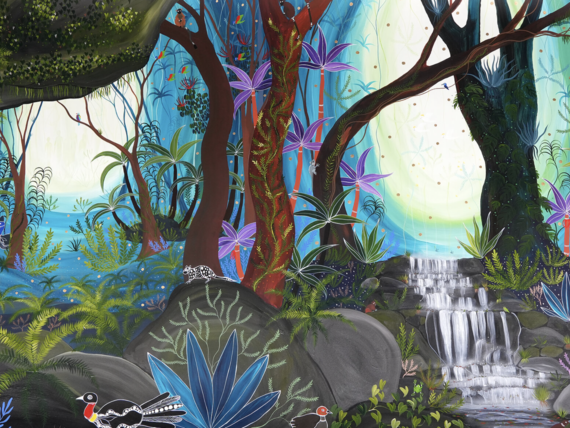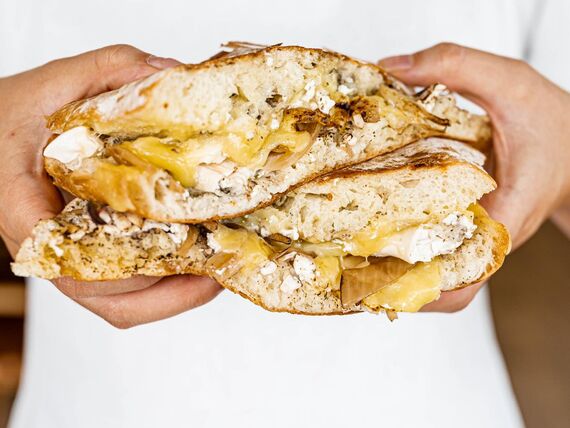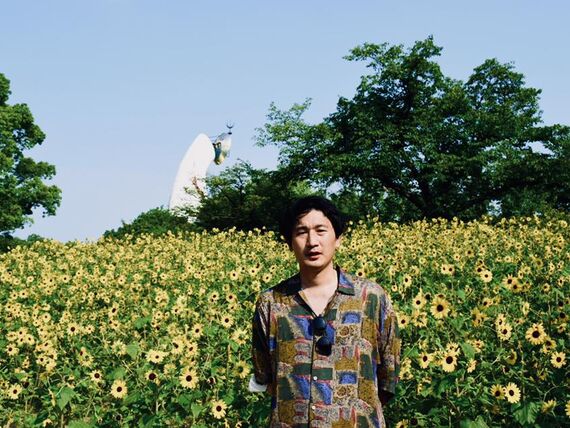One of Australia’s deadliest snakes pulled from Cairns store

A 1.8 metre coastal taipan removed from a retail outlet at Smithfield is among an unusual variety of snakes keeping local reptile catchers busy.
Dave Walton from Cairns Snake Removals was called to the shop, which he declined to name, last week.
“We don’t see a lot of them,” he told Tropic Now.

“It’s one of the world’s most dangerous snakes and a big one at that.
“They didn’t know it was a taipan but they had a good idea it wasn’t a friendly one.
“The staff followed it all along the back of the building, then it went into the loading bay and under some pallets.”
Mr Walton said nearby construction of the Smithfield Bypass may have flushed the snake out.
“Where that massive road construction is going on is right in their habitat,” he said.
“There’s a bit of cane through there, and its swamp land all along the back of that retail area.
“Or maybe it was looking for water.”
Coastal taipans are the third deadliest snake in Australia and Mr Walton said staff members were right to be cautious.
“They just look mean,” he said.

“Your non-venomous snakes tend to have big eyes and rounded features and the dangerous ones have beady eyes and straight angles, a sports car bonnet head as if it means business.
“They’ve got a pupil like a human and if you shine a light at it, the eyes glow back red like the devil.”
It’s the latest in a string of unusual jobs for Mr Walton, who said garden variety pythons are his main trade.
“The last few weeks we’ve been getting everything from big red bellies to taipans to whip snakes and even a 30 kilogram scrub python,” he said.
“I’ve done a few water pythons in toilets.
“We often see water pythons coming up the sewer because they’re aquatic, they like to hang out in drains and sewers.”

The snake remover said it’s not unusual to see snakes on the move at this time of year, as they shake off their winter hibernation.
“The temperature’s getting hotter and that’s when we start to see a rise,” he said.
“We’ve had a drawn out winter and they’re not active and feeding over the cooler months.
“The hot temperatures mean green light, go.
“It’s also breeding season and you work off some calories after that sort of activity, so they’re looking for food.”








